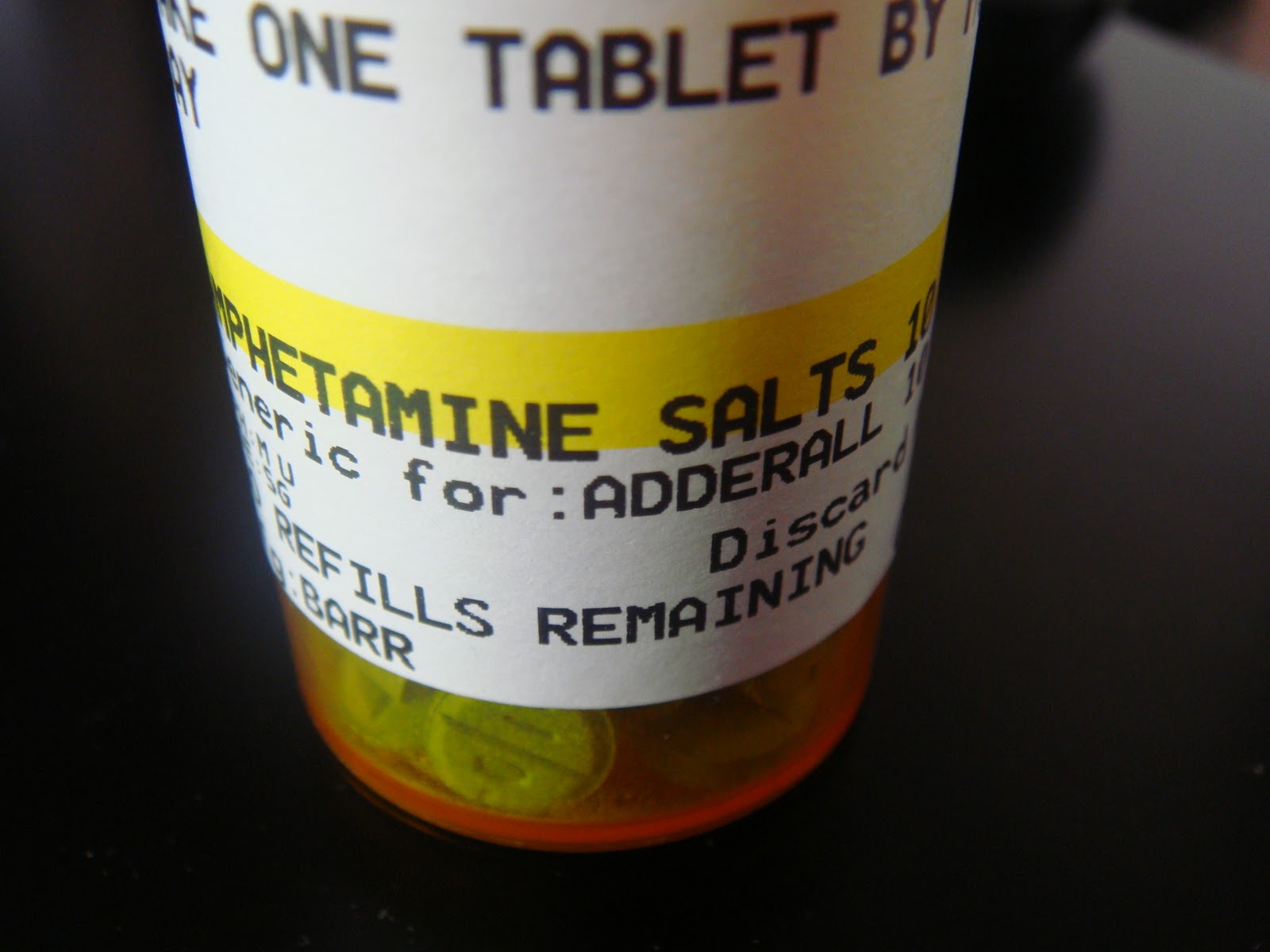

Treatment is a process that requires long-term attentiveness. There are no approved medications to treat stimulant dependence. Recovering users with other mental disorders are especially at risk. People going through treatment should be monitored for suicidal signs. While stimulant withdrawal is not typically medically dangerous, as with alcohol or heroin withdrawal, the resulting depression, especially in amphetamine withdrawal, may be quite severe. For early or less severe use disorder, motivational interviews can be effective: These help to turn ambivalence about quitting into motivation to quit and can help patients fight the urge to use stimulants. Cognitive behavioral therapy, which helps to identify and modify damaging thinking and behavior, can also help people overcome their addiction. Andere Namen sind Metamfetamin oder N-Methylamphetamin. Drugsa drug that stimulates the central nervous system, used in medicine to counteract depression and often abused as a stimulant. Since then, it has transformed from a drug that was freely available without prescription as a panacea for a broad range of disorders into a highly restricted Controlled Drug with therapeutic applications restricted to attention deficit hyperactivity disorder (ADHD) and narcolepsy. Sie wird sowohl in der Medizin als Arzneistoff wie auch missbräuchlich als euphorisierende und stimulierende Rauschdroge verwendet. Amphetamine was discovered over 100 years ago. One such method, contingency management, gives patients tangible rewards for positive behaviors, aiding their efforts to stop using stimulants. Methamphetamin ( N - Meth yl - a lpha- m ethyl ph en et hyl amin) ist eine synthetisch hergestellte Substanz aus der Stoffgruppe der Phenylethylamine. Chronic methamphetamine use has additional mental and physical side effects such as aggression, hallucinations, tooth decay, sores, weight loss and aging skin.Īs with some other illegal drugs, stimulant use can increase a person’s risk of suicide.īehavioral therapy is the most effective treatment for stimulant use disorder.

Heavy use can cause irregular heartbeat, heart failure and seizures, and, in some cases, death.Ī user coming down from the high of a stimulant may experience restlessness, anxiety and insomnia.Ĭocaine and methamphetamines are highly addictive, and withdrawal symptoms include strong cravings for the drug, mood swings, insomnia, hallucinations and headaches.Įffects of chronic stimulant use may include paranoia, anxiety, confusion and decreased sexual function, as well as potential damage to the respiratory, cardiovascular and central nervous systems.

At the same time, stimulants elevate a user’s blood pressure, heart rate and breathing. Stimulants increase the amount of specific neurotransmitters in the brain, including dopamine, which leads to heightened alertness and feelings of euphoria.


 0 kommentar(er)
0 kommentar(er)
